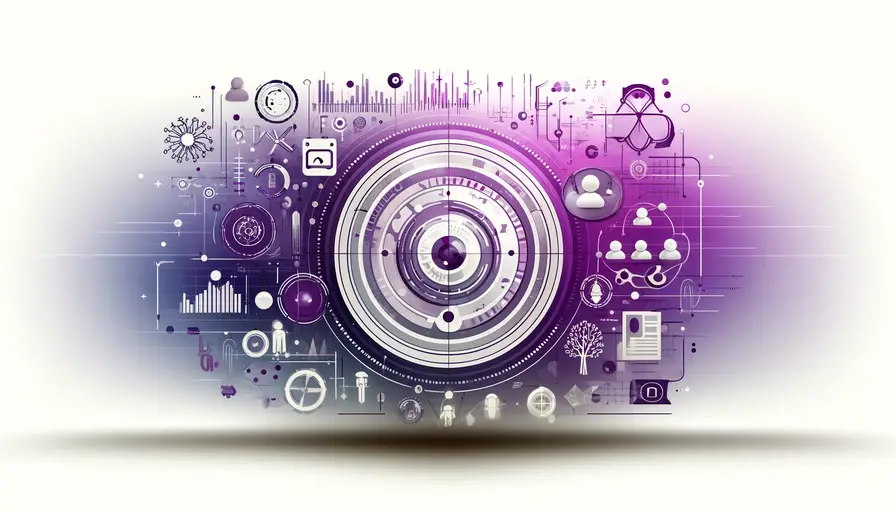
Machine Learning in Advancing Natural Language Processing

Machine learning (ML) is revolutionizing natural language processing (NLP) by providing advanced techniques to understand, interpret, and generate human language. This transformation is enabling more accurate language models, intelligent chatbots, and sophisticated virtual assistants, enhancing human-computer interaction across various applications.
Benefits of Machine Learning in NLP
The benefits of machine learning in NLP are vast, impacting various industries and improving how machines understand and generate human language. By leveraging ML algorithms, NLP applications can handle more complex language tasks, leading to more accurate and efficient solutions.
Improving Language Understanding Through Machine Learning
Improving language understanding through machine learning involves training models on large datasets to recognize patterns and semantics in human language. These models, such as BERT (Bidirectional Encoder Representations from Transformers) and GPT (Generative Pre-trained Transformer), can comprehend context, disambiguate meanings, and understand nuances in text.
For instance, BERT improves understanding by considering the context of a word from both directions, leading to more accurate language interpretation. This bidirectional approach allows models to understand the full context of a sentence, enhancing tasks like sentiment analysis, question answering, and named entity recognition.
Exploring NLP: Machine Learning or Alternative Approaches?from transformers import BertTokenizer, BertModel
# Load pre-trained model tokenizer
tokenizer = BertTokenizer.from_pretrained('bert-base-uncased')
model = BertModel.from_pretrained('bert-base-uncased')
# Encode text
input_ids = tokenizer.encode("Machine learning improves language understanding.", add_special_tokens=True)
# Perform inference
outputs = model(input_ids=torch.tensor([input_ids]))
print(outputs.last_hidden_state)The Power of Machine Learning in NLP
The power of machine learning in NLP lies in its ability to process and analyze vast amounts of text data quickly and accurately. Machine learning models can identify patterns, classify text, and generate human-like responses, making them invaluable for tasks such as text summarization, translation, and sentiment analysis.
Deep learning techniques, including neural networks, have significantly advanced NLP. Models like LSTM (Long Short-Term Memory) and transformers can capture long-term dependencies and complex relationships in text, improving the performance of NLP applications.
from transformers import GPT2Tokenizer, GPT2LMHeadModel
# Load pre-trained model tokenizer
tokenizer = GPT2Tokenizer.from_pretrained('gpt2')
model = GPT2LMHeadModel.from_pretrained('gpt2')
# Encode text and generate completion
input_ids = tokenizer.encode("The power of machine learning in NLP is", return_tensors='pt')
outputs = model.generate(input_ids, max_length=50, num_return_sequences=1)
print(tokenizer.decode(outputs[0], skip_special_tokens=True))The Future of NLP and Machine Learning
The future of NLP and machine learning promises even greater advancements as models become more sophisticated and datasets more comprehensive. Emerging trends include improved contextual understanding, multilingual capabilities, and the integration of visual and auditory data with text.
Research is focusing on making models more efficient, reducing the need for vast computational resources, and improving their ability to generalize across different languages and dialects. The integration of NLP with other AI technologies, such as computer vision and speech recognition, will further enhance its capabilities and applications.
Unveiling the Top Attacks Targeting Machine Learning and AI SystemsBenefits of Machine Learning in NLP
The benefits of machine learning in NLP are evident in the significant improvements in accuracy, efficiency, and scalability of language-related tasks. ML algorithms can handle complex linguistic structures, adapt to new languages, and process large datasets, making NLP applications more robust and versatile.
By automating repetitive tasks and providing deeper insights through advanced analytics, ML-powered NLP solutions are transforming industries such as healthcare, finance, customer service, and more. These advancements enable more personalized and effective interactions, improving user experiences and operational efficiency.
Intelligent Chatbots and Virtual Assistants
Intelligent chatbots and virtual assistants are among the most visible applications of machine learning in NLP. These systems use advanced NLP techniques to understand user queries, provide relevant responses, and perform tasks autonomously, enhancing user interaction and support.
Chatbots like OpenAI's ChatGPT and virtual assistants such as Amazon's Alexa and Google Assistant rely on deep learning models to process natural language inputs and generate appropriate outputs. These models are trained on diverse datasets, enabling them to handle a wide range of queries and tasks.
Pattern Recognition and Machine Learning with Christopher BishopMachine learning models for chatbots and virtual assistants are continually improving, incorporating advancements in NLP to provide more accurate and context-aware responses. This progress is leading to more intuitive and human-like interactions, making these tools indispensable in various domains, including customer support, healthcare, and personal productivity.
from transformers import pipeline
# Load pre-trained model
nlp_pipeline = pipeline("conversational")
# Create a conversation
conversation = nlp_pipeline("Hello, how can I assist you today?")
print(conversation)The integration of machine learning with NLP is driving significant advancements in language processing capabilities. By leveraging powerful ML models, NLP applications are becoming more accurate, efficient, and versatile, transforming how we interact with technology. The continued evolution of these technologies promises even greater improvements, enabling more sophisticated and human-like interactions in various applications.
If you want to read more articles similar to Machine Learning in Advancing Natural Language Processing, you can visit the Artificial Intelligence category.



You Must Read